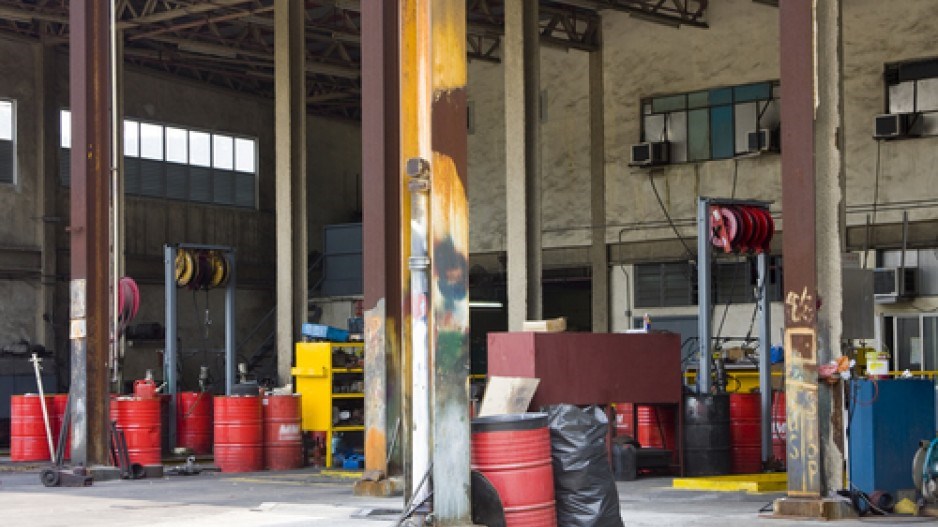Strict environmental laws that the B.C. Liberal government implemented two years ago are miring developers in red tape and excessive costs while raising fears that some of the region's scarce industrial land will never be redeveloped and used to its full potential.
One of the central tenets in Metro Vancouver's regional growth strategy, which 24 regional governments ratified last year, was to protect and get maximum use out of the region's 28,246-acre industrial land base.
In a Vancouver Board of Trade address earlier this year, Port Metro Vancouver CEO Robin Silvester warned that if the region does not use its industrial land more efficiently, it could turn into a "local fortress" reliant on regional instead of global economic ties.
Changes to provincial contaminated site regulations in 2010, however, require developers who build on industrial land to restore the site's groundwater to drinkable quality.
"It's a bad law," Beedie Group vice-president of land development Dave Gormley told Business in Vancouver last week. "It's red tape with a lot of cost attached."
He pointed to sites such as the Stella-Jones pole yard along the Fraser River in Coquitlam, which he believes will not be redeveloped in his lifetime, if ever.
Gormley said that any industrial site that has had an auto body shop or even a dry cleaner anywhere in the vicinity is immediately tagged as having had a historical use that requires expensive examination of soil and water.
If contamination is found, more soil and water samples are required for testing before extensive remediation. Gormley estimated that each round of soil and water sampling costs about $50,000.
"Things could be in the ground, such as iron, which may make the groundwater undrinkable, but it costs you $50,000 to get them to go through the processes to get them to sign off on it," he said. "You have to prove to them to the nth degree that it's natural [contamination]."
Gormley said he has gone through this at five or six sites.
Jim Standen, who is assistant deputy minister of the environmental protection division at B.C.'s Ministry of the Environment, makes no apologies for the strict regulations.
"It isn't appreciated how important groundwater is in supplying drinking water to the people," he told BIV. "Even if an aquifer isn't currently used for drinking water, we don't want to sacrifice that potential because drinking water is simply too valuable."
The regulations have started to affect property values and have encouraged some developers to jump on the opportunity to buy contaminated land at cut-rate costs and carve a niche as a developer with experience remediating contaminated sites.
Wesgroup has bought several former Shell gas station sites in the past few years, and its director of land development, Bruno Thielmann, said his company is negotiating to acquire more.
"The fewer people competing to buy those sites, the better," Thielmann said. "In terms of how much red tape there is, yes, it takes time. Regulations are what they are. Yes, it's expensive, but we see in the process an opportunity."




